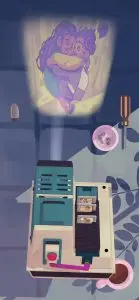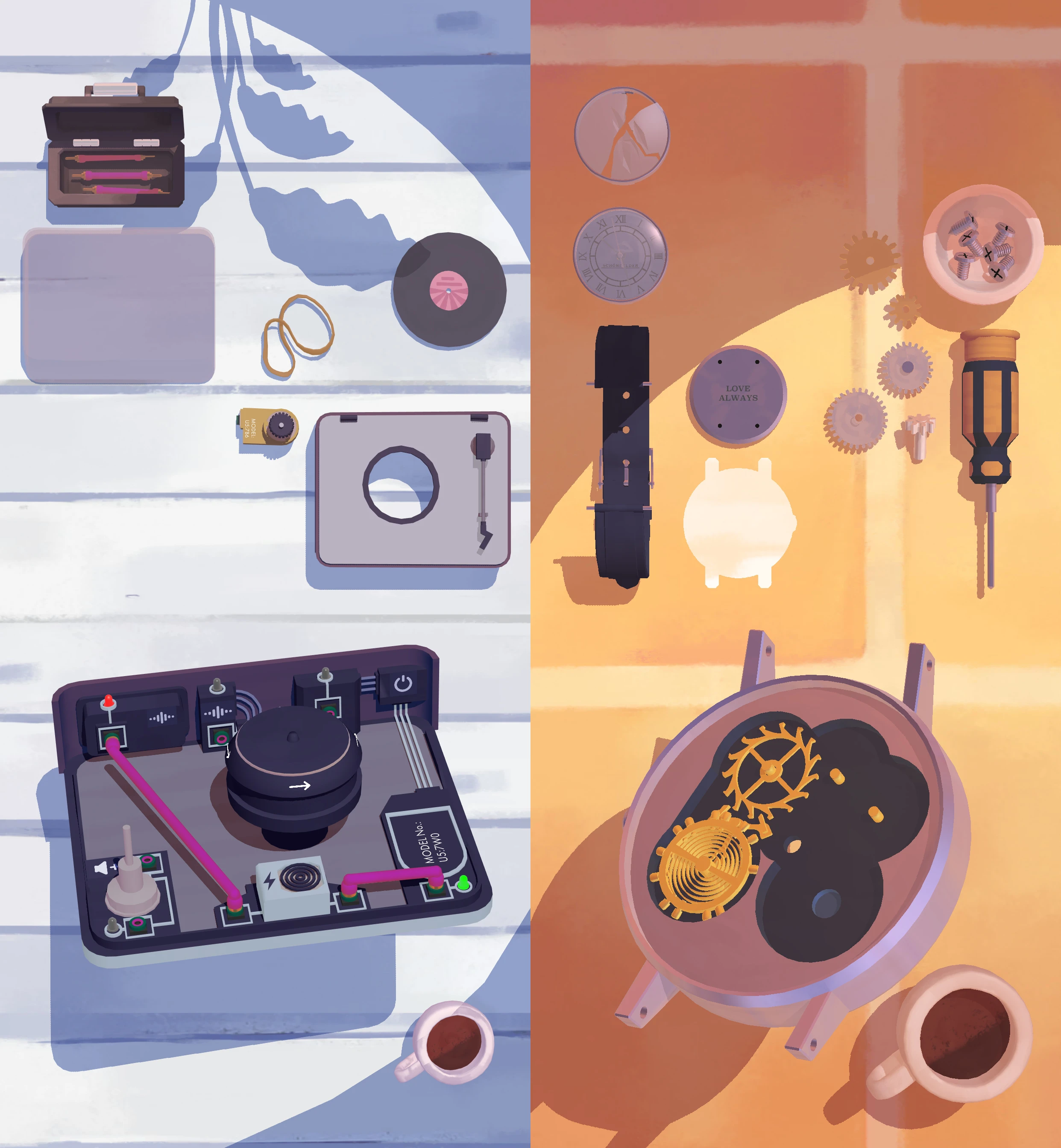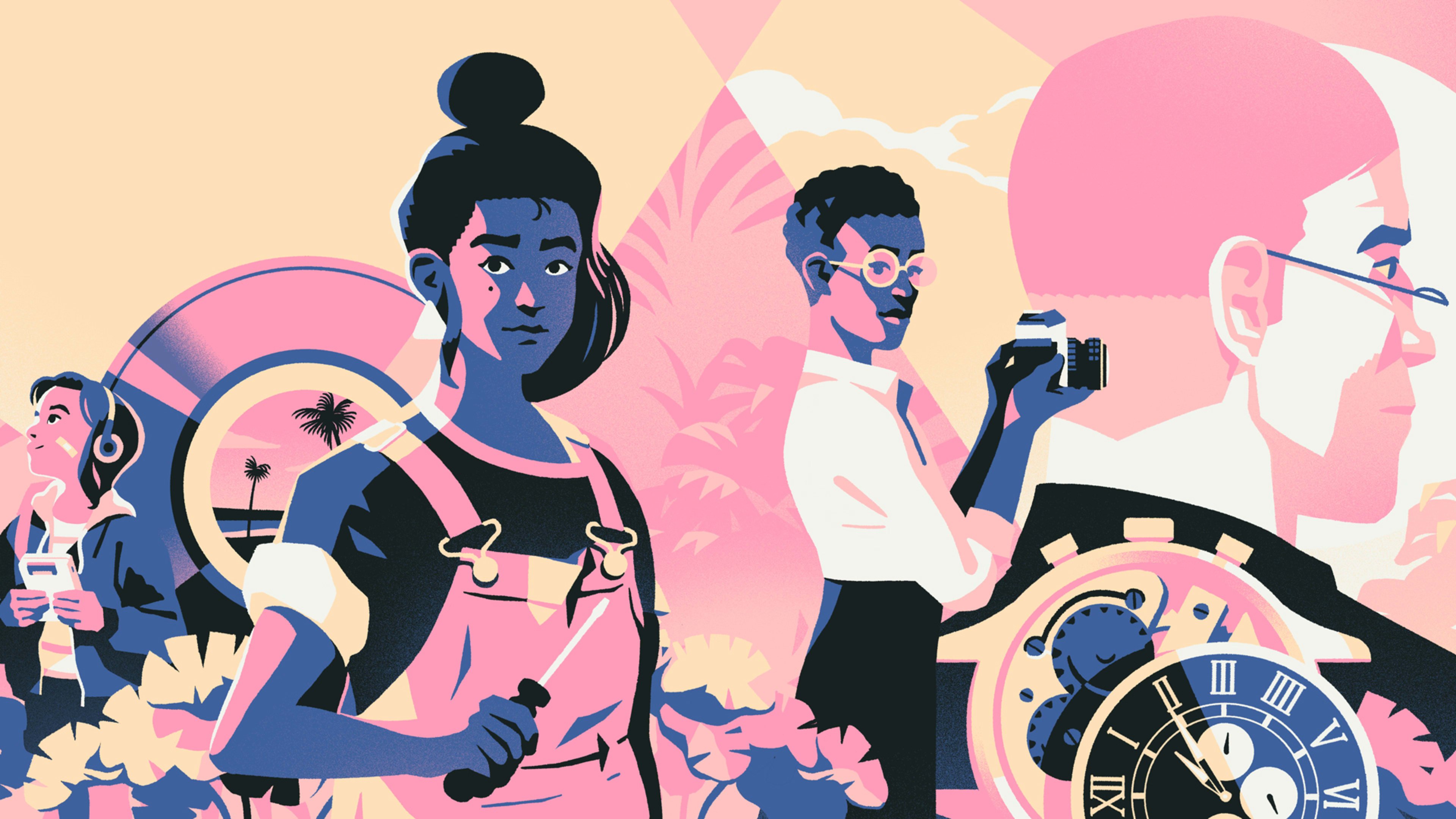In another life, I worked in a video production studio. One day, a client came in with a broken tape from an old camcorder, with its ribbon clearly split. He held it out to me like a bird with a broken wing. It was of personal significance, he explained, and he just hoped we could help. So my boss took it to the back, where he gingerly deconstructed the tape, loosening the ribbon and carefully applying a piece of Scotch tape to fuse the tear. Then he spun the spools tight using the eraser end of a pencil, pirouetting like a prima donna. I pressed play, and began digitizing the footage like any other car commercial or football conference I edited at the time—until I saw what the client had been so protective about. It was a scene he’d clearly played, rewound, and played again, probably through the tiny screen of his camcorder, so many times that he literally wore out the tape: Roughly seven minutes of he and his wife holding a baby in the hospital. A baby who, I slowly gathered, never made it home.
Sometimes, the broken objects around us tell stories that our voices cannot. Which is what makes Assemble with Care, the latest game by powerhouse design studio Ustwo, so powerful.
“One thing that stuck with us is how much people are like objects,” says Dan Gray, chief creative officer at Ustwo Games. “To truly understand what makes something tick, you need the patience to take something apart to see how it works. It’s the same thing with people. To understand a person . . . you need patience to understand how they tick.”
Assemble with Care is the first iOS title released by Ustwo since its M.C. Escher-inspired mega-hit series Monument Valley. Since it was released in 2014, the two games in the series have been downloaded a total of 80 million times and have received all sorts of gaming awards. The first was even a finalist in our 2014 Innovation by Design Awards app category. But Assemble with Care is its own game: Whereas Monument Valley had you exploring mysterious cities, Assemble with Care makes you the owner of an old antique shop. People come in, bring you their broken objects, and you drag and drop your way to diagnosing and repairing them. This gameplay may sound pedestrian, compared to the soaring, ethereal sensation of playing Monument Valley. But along the way, these characters tell you about their lives—and make the game far more complex than it sounds on paper.

“We’ve really thought about it at times, this is almost like an interactive storybook, really,” says Gray. “There are things the player is solving, but it’s so interwoven with the narrative, it feels one in the same. But it’s very different from Monument Valley in the sense that it was a very abstract place, not grounded in reality. Where this is a direct decision by us to make it about real life, with objects you recognize, with real humans.”
In this sense, Assemble with Care‘s whole approach shares some similarities with today’s indie gaming market. Realistic stories that use light game mechanics to usher you along abound, at the moment: from Gone Home, which follows a young college student arriving home to an empty house, to Papers, Please, which puts you in the position of a customs agent forced to spot terrorists, to That Dragon, Cancer, which recounts the story of a 12-month-old with a deadly diagnosis. Like these titles, Assemble with Care is a story wrapped in a game. (Minor spoilers ahead.)

Ustwo didn’t begin with that narrative structure at all, though.
In fact, coming away from the smash success of Monument Valley (as well as a VR game called Land’s End and Monument Valley II), the 12-person team at Ustwo began its next project with an approach that had nothing to do with stories or narrative strategies. Instead, they began building little pieces of experimental UX—not games but interesting interaction models.
This makes some sense: Ustwo’s game division spun off from the greater UX firm, so its roots are in digital interfaces. But the gaming team was trying to figure out something seemingly simple: what kind of game UX was actually fun and engaging to play with on a touchscreen? Over time, they honed down 12 prototypes to 6 prototypes to 3. “Now we’re making two of those [into games],” says Gray. “This is the first, post-Monument Valley game that’s coming out [for iOS].”
While Gray is understandably secretive about what all this work looked like, an early successful prototype allowed people to use the touchscreen to assemble objects, screwing and taping products together in a tactile way. They immediately felt the appeal of this interaction model—of building something on-screen—and continued to iterate on the UX. “You get your first nugget of what’s [there]. Second, you think, ‘what are the tools we could use, or objects we put back together again?'” says Gray. “From there, you go into a phase of what are super interesting objects that have meaning.”
Given that much of the studio’s staff is in their mid-30s, it comes as little surprise that the products and objects you’re tasked with building in the final game are nostalgic for the 1980s and ’90s, including a cassette deck, old record player, and film camera.

With the physical objects chosen and the UX solidified, the core game was in place. Only then did Ustwo begin thinking about a narrative that could tie all of these interactions together. As Gray points out, the game’s characters evolved out of the premise of repairing and building devices—essentially, from the role of service provider.
“One thing we kept thinking about: It’s fascinating you could be getting in a taxi, or getting your hair cut, and you have these really intense conversations with someone you don’t even know, because they were performing a service for you at the time,” says Gray. “That stuck with us for a bit. You’ve got Maria, a central character who grew up restoring antiques in a shop. [Through her] you meet these people by restoring their objects. What would they tell you about themselves?”
It took two years to bring the game from interesting UX prototype to a fully realized product. That kind of investment on a mobile game is rare these days; so is the fact that Assemble with Care features none of the in-game purchases that have made many game developers into glorified data analytics firms powered by digital dopamine. In fact, Assemble with Care isn’t for sale. It’s available only with a subscription to Apple’s new Apple Arcade service.
[Image: courtesy Ustwo]
Gray likens the gaming industry now—with Netflix-style game subscription services popping up at Apple and Xbox, too, offering a new revenue stream to developers—to an older era of game development, when indie developers might still hit it rich in the App Store by simply making fun games that a bunch of people want to buy. For the past few years, we’ve lived in an era of free-to-play titles that are subsidized through other revenue than downloads alone. The prevalence of in-game purchases has even led to the proposal of bills to end the sorts of dark patterns that have helped many games profit wildly from addictive UX rather than enjoyment. Gray thinks we’re entering a new era, though. “I’m going through [the Arcade library], and there are games that don’t have microtransactions, aren’t collecting my data,” he says optimistically.
Ustwo, which has seen so much success, thanks in part to Apple, may be a bit biased. But the studio is putting its money where its mouth is in terms of the future of gaming: The company is working on another soon-to-be-released game (platform and title unknown), and hiring a third team to develop Monument Valley 3 for mobile. “I know people get annoyed with an ‘A’ team and a ‘B’ team . . . these are all good teams,” laughs Gray. “We’re going to do a whole bunch of different types of stuff. It’s going to be surprising when we announce the [next] game.”
Recognize your brand’s excellence by applying to this year’s Brands That Matter Awards before the early-rate deadline, May 3.
